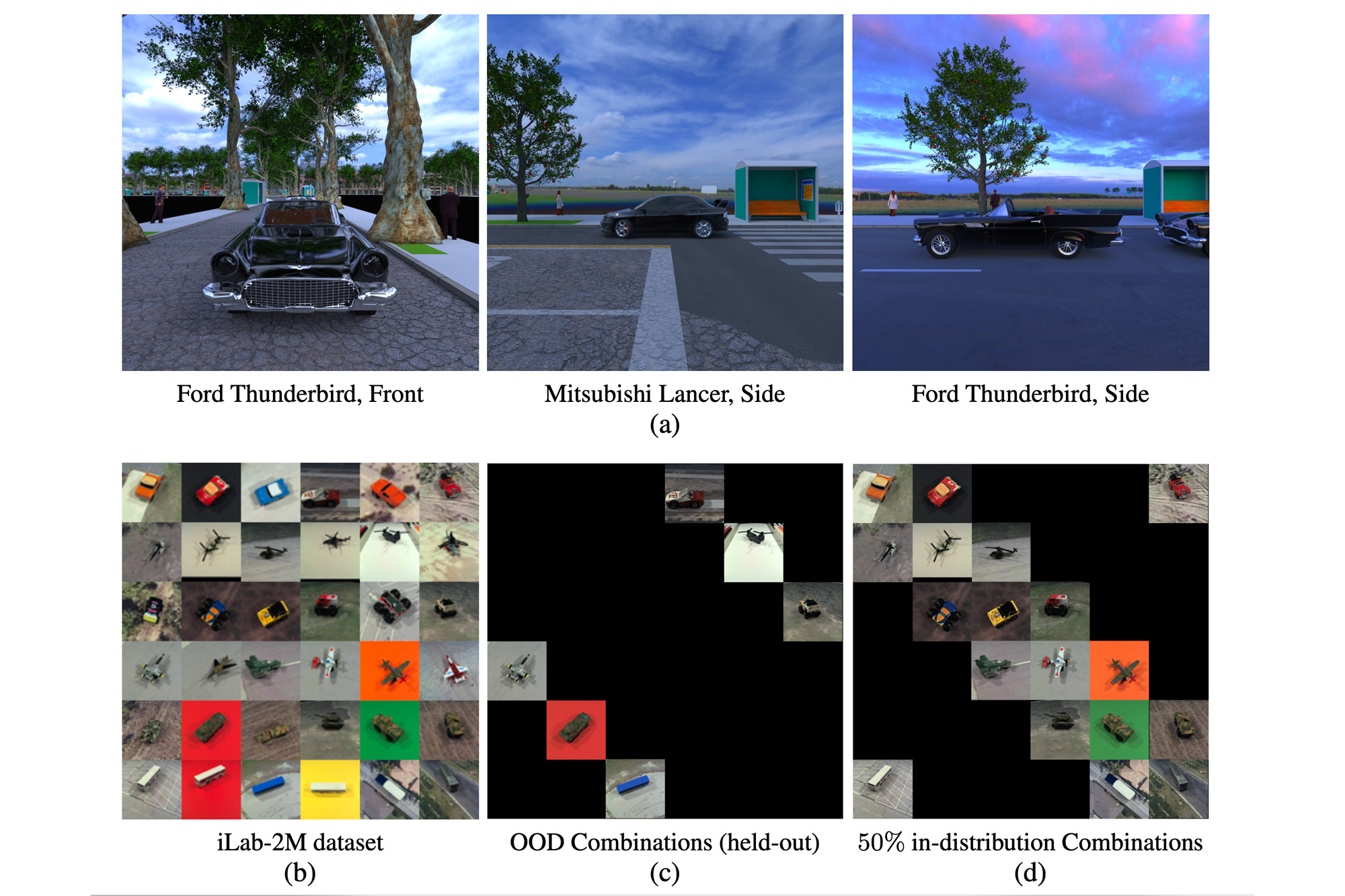Addressing Bias in Machine Learning Models
Introduction
Machine learning models have become increasingly prevalent in various domains, from healthcare to finance, and even in everyday applications like recommendation systems. While these models have the potential to revolutionize industries and improve decision-making processes, they are not immune to biases that can perpetuate discrimination and inequality.
In this blog post, we will explore the issue of bias in machine learning models, its implications, and discuss strategies to address and mitigate bias in order to create fair and ethical AI systems.
Understanding Bias in Machine Learning
Bias in machine learning refers to the systematic and unfair favoritism or discrimination towards certain groups or individuals within the data used to train the model. This bias can arise from various sources, including biased training data, biased algorithms, or biased human decisions during the model development process.
Types of Bias
There are several types of bias that can manifest in machine learning models:
1. Sampling Bias
Sampling bias occurs when the training data does not accurately represent the real-world population, leading to skewed results. For example, if a facial recognition model is trained primarily on data from a specific racial group, it may perform poorly on individuals from other racial backgrounds.
2. Algorithmic Bias

Algorithmic bias refers to biases that are introduced by the algorithms themselves. These biases can occur due to the design choices made during the development of the model. For instance, if a loan approval model is trained on historical data that reflects discriminatory lending practices, it may perpetuate those biases by denying loans to certain groups unfairly.
3. Prejudice Amplification
Prejudice amplification occurs when machine learning models amplify existing societal biases. If the training data contains biased patterns, the model may learn and reinforce those biases, leading to discriminatory outcomes. This can have severe consequences, especially in domains such as criminal justice or hiring, where biased decisions can perpetuate inequality.
Addressing Bias in Machine Learning Models
1. Diverse and Representative Training Data
One of the most crucial steps in addressing bias is to ensure that the training data is diverse and representative of the real-world population. This involves collecting data from various sources and ensuring that it includes individuals from different demographics, backgrounds, and perspectives.
Summary
Bias in machine learning models refers to the systematic errors or prejudices that can arise due to various factors, such as biased training data, biased features, or biased algorithms. These biases can lead to unfair outcomes, discrimination, and perpetuation of societal inequalities.
Addressing bias in machine learning models is crucial to ensure fairness, transparency, and ethical decision-making. One approach to tackle bias is through careful data collection and preprocessing, where biases in training data can be identified and corrected. Additionally, feature engineering techniques can be employed to mitigate biases that may exist in the input features.
Another strategy to address bias is by using algorithms that are designed to be fair and unbiased. This involves developing algorithms that consider fairness metrics and optimize for equitable outcomes. Regular monitoring and auditing of machine learning models can also help identify and rectify biases that may emerge over time.
It is important for organizations and researchers to prioritize diversity and inclusivity in the development and deployment of machine learning models. This includes involving diverse teams in the design process, conducting thorough testing and evaluation, and seeking feedback from affected communities.
By actively addr Discover More Here essing bias in machine learning models, we can strive towards creating AI systems that are fair, unbiased, and contribute positively to society.
- Q: What is bias in machine learning models?
A: Bias in machine learning models refers to the systematic error or favoritism towards certain outcomes or groups due to the data used to train the model. - Q: Why is addressing bias important in machine learning?
A: Addressing bias in machine learning is crucial to ensure fair and equitable outcomes, avoid discrimination, and prevent reinforcing existing societal biases. - Q: How can bias be introduced in machine learning models?
A: Bias can be introduced in machine learning models through biased training data, biased feature selection, or biased assumptions made during the model development process. - Q: What are some techniques to mitigate bias in machine learning models?
A: Techniques to mitigate bias include collecting diverse and representative training data, carefully selecting features, using fairness-aware algorithms, and conducting regular bias audits. - Q: How can we evaluate the fairness of a machine learning model?
A: Fairness evaluation can be done by analyzing the model’s performance across different demographic groups, measuring disparate impact, and using fairness metrics such as equalized odds or demographic parity. - Q: Who is responsible for addressing bias in machine learning models?
A: Addressing bias is a shared responsibility among data scientists, machine learning engineers, domain experts, and stakeholders involved in the development and deployment of machine learning models. - Q: Can bias in machine learning models be completely eliminated?
A: While it is challenging to completely eliminate bias, efforts can be made to minimize and mitigate bias through careful data collection, preprocessing, algorithmic design, and ongoing monitoring and improvement.

Hello, I’m Brayden Denman, a passionate and experienced Mobile App Developer specializing in Cloud Computing, Software Development, Mobile App Integration, and AI & Machine Learning. With a strong background in these fields, I strive to create innovative and user-friendly solutions that meet the ever-evolving needs of businesses and individuals.
Introduction Machine learning models have become increasingly prevalent in various domains, from healthcare to finance, and even in everyday applications like recommendation systems. While these models have the potential to revolutionize industries and improve decision-making processes, they are not immune to biases that can perpetuate discrimination and inequality. In this blog post, we will explore…

Hello, I’m Brayden Denman, a passionate and experienced Mobile App Developer specializing in Cloud Computing, Software Development, Mobile App Integration, and AI & Machine Learning. With a strong background in these fields, I strive to create innovative and user-friendly solutions that meet the ever-evolving needs of businesses and individuals. Read More.
Recent Posts
- Challenges in Cross-Platform Digital Asset Search and Retrieval
- The Role of AI in Enhancing Digital Asset Retrieval
- Implementing Automation in Digital Asset Recovery Processes
- Digital Asset Retrieval: Addressing Security and Privacy Concerns
- Optimizing Metadata for Quicker Digital Asset Discovery
- Overcoming Barriers in Searching and Accessing Digital Assets
- Best Practices for Efficient Digital Asset Retrieval
- Harnessing the Power of Deep Learning: A Beginner’s Guide
- Scalability Issues in Large-Scale Machine Learning Projects
- Navigating the Ethical Challenges of AI Implementations
